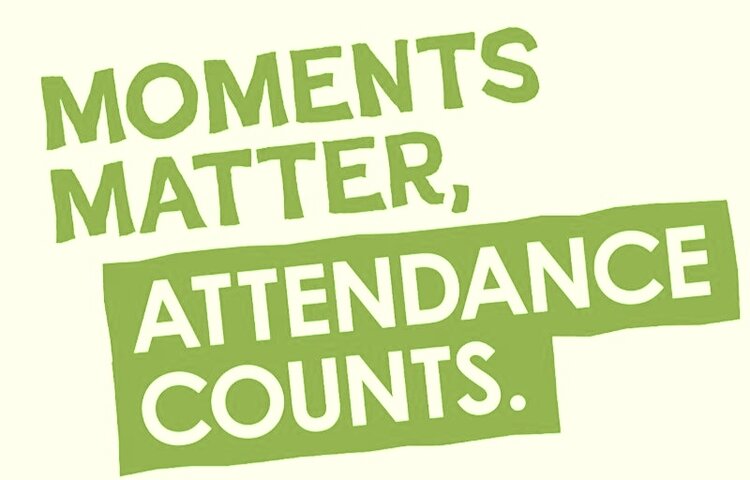Art
Welcome to Art
ARTS Key Stage 3
Our arts students have opportunities to function as artists, as well as learners of the arts. Artists have to be curious. By developing curiosity about themselves, others and the world, students become effective learners, inquirers and creative problem-solvers. Students develop through creating, performing and presenting arts in ways that engage and convey feelings, experiences and ideas. It is through this practice that students acquire new skills and master those skills developed in prior learning.
Thinking creatively can easily become a focus in other subject groups too. This objective is essential in modern education to address the need for student-centred learning and lifelong learning, looking towards a modern context of flexible employment and a higher demand for innovation and change in the workplace. As both an objective in the arts and an approaches to learning (ATL) skill across the programme, heightened awareness of thinking creatively encourages students to develop metacognitive skills and become self-regulated learners.
Arts stimulates young imaginations, challenge perceptions and develop creative and analytical skills. Involvement in the arts encourages students to understand the arts in context and the cultural histories of artworks, thus supporting the development of an inquiring and empathetic world view. Arts challenge and enrich personal identity and build awareness of the aesthetic in a real-world context.
VISUAL ARTS
Year 7
What is Drawing?
Lessons focus on giving pupils practical experience in, and acquisition of, essential drawing skills such as shading techniques, illustration and observation drawing. This is supplemented by research and personal investigation into relevant artists and practitioners. (Giorgio Morandi, Sir Quentin Blake, Tim Steward, David Hockney). Skills are embedded through the production of a personal response, produced both in class and as homework.
What is Colour?
This unit introduces colour. Students learn the relationships of colour, shade and tone and investigate their relationships to the work of other artists (Patrick Caulfield, Andre Derain, Henri Matisse). Student’s knowledge is embedded through their own practice, developing brush handling skills, collage and composition techniques.
Year 8
The Art of Gothic
Artistic styles are often defined by their historical contexts, which affect the visual nature they adopt and represent. Students will research the aesthetics of the Gothic movement in relation to architecture, film and literature. By researching the films and art of American film director Tim Burton, students will develop their own character and environments for a Gothic scene. Practical skills of oil pastel blending, and monochromatic colour schemes, will enable students to produce sketchbook work and final pieces using colour skills learned in year 7.
New York, New York
Through the study of post-war consumerism in New York, students will gain an understanding of Pop Art culture, focusing on its main protagonists Roy Lichtenstein, Andy Warhol and Jasper Johns. Through cultural research, focusing on fashion, film, lifestyle and celebrity, students will develop an historical understanding of Pop Art culture, and its influence and relevance in the contemporary world. Through a personal outcome, students will practise acrylic painting techniques to convey their artistic intentions.
Independent Project – Art Nouveau
Through the application of study methods gained throughout previous Units and practical skills gained, students can research, plan, develop and make work based upon Art Nouveau.
Year 9
What is Surrealism?
Through the study of European artists Rene Magritte and Salvador Dali, students will become aware of the notion of Surrealism, and its dreamlike, fantastic qualities that promote wider thinking in the arts. Students will use automatic writing, exquisite corpse and chatter boxes to develop unconventional relationships between objects, places and situation, as the basis for their own personal outcome in their chosen medium.
What is Abstraction?
Students are introduced to the notion of Abstraction as a means of visual communication. The notion of figurative representation is introduced as a contrast. Through a guided project, students will then learn the techniques used to abstract an image from the figurative. Students use the study and research of appropriate artists (Piet Mondrian, Wassily Kandinsky) to research and plan their own independent outcome.
Independent Project – variable – student directed
Through the application of study methods gained throughout previous Units and practical skills gained, students can research, plan, develop and make work based upon a topic chosen by the class.
ARTS Key Stage 4
GCSE Art and Design provides students with a wide range of creative, exciting and stimulating opportunities to explore their interests in ways that are both personally relevant and developmental in nature. Students are given the opportunity to build creative skills through learning and doing, to develop imaginative and intuitive ways of working and develop knowledge and understanding of media, materials and technologies in historical and contemporary contexts, societies and cultures. Students will become empowered to work independently, and encouraged to take risks in generating ideas and final outcomes.
Coursework
Over the two-year course all students will complete three set projects. They will then select a portfolio of work from these to submit for assessment in Year 11. These will reflect a range of techniques such as drawing, painting, mixed media, photography, print making, ceramics, text and image manipulation.
Examination.
From a selection of exam questions, set by the exam board, students will complete preliminary studies and ideas over an 10-12 week period. Your Art teacher will help you select the most appropriate question, based on your strengths. Previous examples of themes include Journey, The Everyday, Marine Life, Self-Image and Contrasts. Students will then produce a final outcome in a 10 hour period, (most likely in 2 x5 hour sessions, with breaks) unaided but under supervision. At the end of the exam period they must hand in their exam sketchbook and final outcome completed.
Please follow this link for more information:
http://filestore.aqa.org.uk/subjects/AQA-4200-W-SP-14.PDF
Art Curriculum Journey


